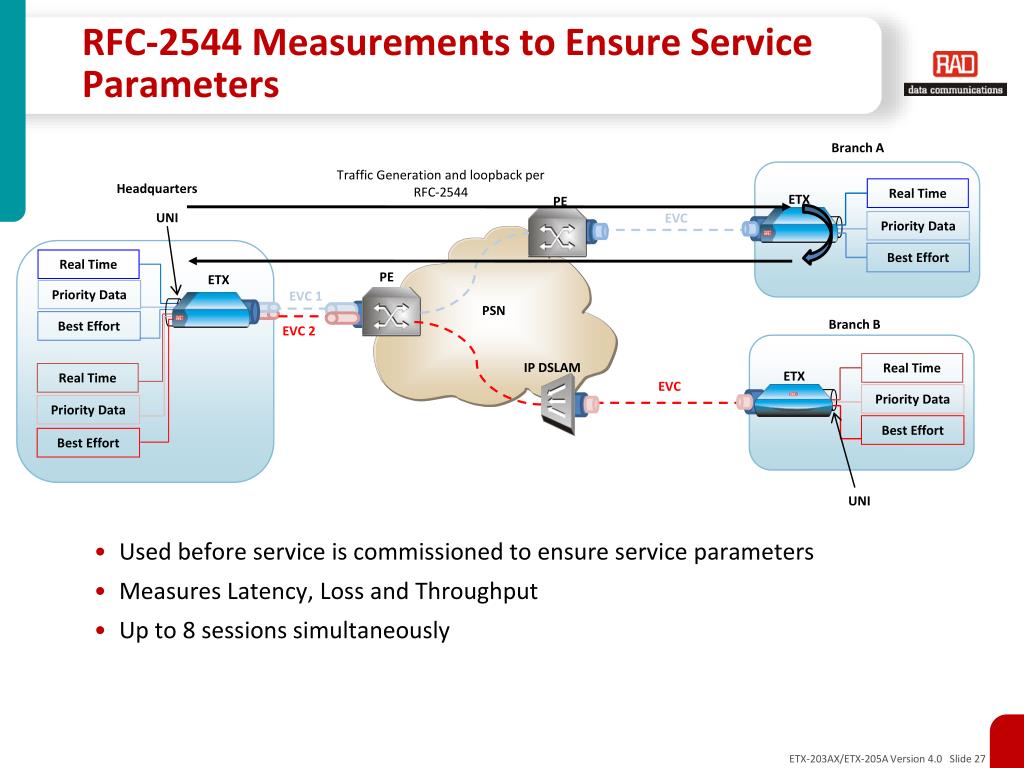

At the time of writing, it is unclear what private use means in this context, but it is likely that this is a stopgap measure to avoid running out of addresses while the world waits for IPv6.Ĭertain blocks of addresses within the available spaces are reserved for private Internets. Class E addresses have historically been reserved for use by the IETF for experimental purposes, but IANA is currently in the process of changing the designation to private use. IANA assigns permanent addresses and allocates transient addresses through the network of registries.Ĭlass E (240.0.0.0 to 255.255.255.255) reserved. Class D is for multicast purposes only the manner of operation is that each multicast address represents a particular group of hosts. Class C addresses have only 8 bits for the host address, limiting the number of devices to 256. Class B addresses are for intermediate networks they use 16-bit host addresses and 16-bit network addresses.Ĭlass C (192.0.0.0 to 223.255.255.255) for general use. Class A addresses are for large networks they use 8 bits for the network ID and 24 bits for the host ID.Ĭlass B (128.0.0.0 to 191.255.255.255) for general use.

It was originally organized into classes:Ĭlass A (0.0.0.0 to 127.255.255.255) for general use. Of the, two available IP protocol versions-IPv4 and IPv6-IPv4 is by far the most widely used today. Latin America and certain Caribbean islands. The list of current registries and their areas of coverage is as follows: Registry organizations can be a Local Internet Registry (LIR), Regional Internet Registry (RIR), or National Internet Registry (NIR). End users “rent” an IP address from their Internet Service Provider (ISP), who receives address assignments from a global network of authoritative registries, whose protocol-related operations are coordinated by IANA. When such a device is connected to the Internet, as opposed to a closed enterprise, it is at the bottom of a global hierarchy for address assignments. The IP address is the set of numbers that many people see on their workstations, such as 127.40.8.72, which uniquely identifies the device. IP addresses identify a machine’s connection to the network, not the machine itself. TCP/IP within the IPv4 format uses a 32-bit address to identify a machine on a network and the network to which it is attached. The IEEE Ethernet and allied standards use another address for link service access points (LSAPs), which provide services to Layer 3 protocols. Two of the 24 bits assigned as an OUI are control bits. The IEEE assigns a 24-bit organization unique identifier (OUI) so that organizations can assign the remaining 24 bits to suit their unique needs. For communication to occur, two addresses are required: one each for the sending and receiving devices.
#Standard loopback address how to#
Then the static would usually be redistributed into the enterprise routing protocol so the entire enterprise would know how to reach that loopback interface.The length of the physical address varies according to the networking system, but Ethernet and several others use 48 bits. The static route, if needed, is configured on some device that connects to the edge router. There is no need for a static route on the edge router for its own loopback interface. But I wonder if you are thinking of this static route on the edge router? I am assuming that the static route would be configured on the device in the corporate network that connects to the edge router. as I re-read your post and my response I wonder if I have misunderstood something. The static route as you have it here looks fine: you have an address, and the /32 mask is appropriate for a loopback. If you do not run a dynamic routing protocol then are other networks being accessed by static route? If so, what do those static routes look like?

If so, then it would probably be easy and appropriate to advertise the loopback via the dynamic routing protocol. You do not mention in your post whether this edge router runs any dynamic routing protocol with other devices in your network.


 0 kommentar(er)
0 kommentar(er)
